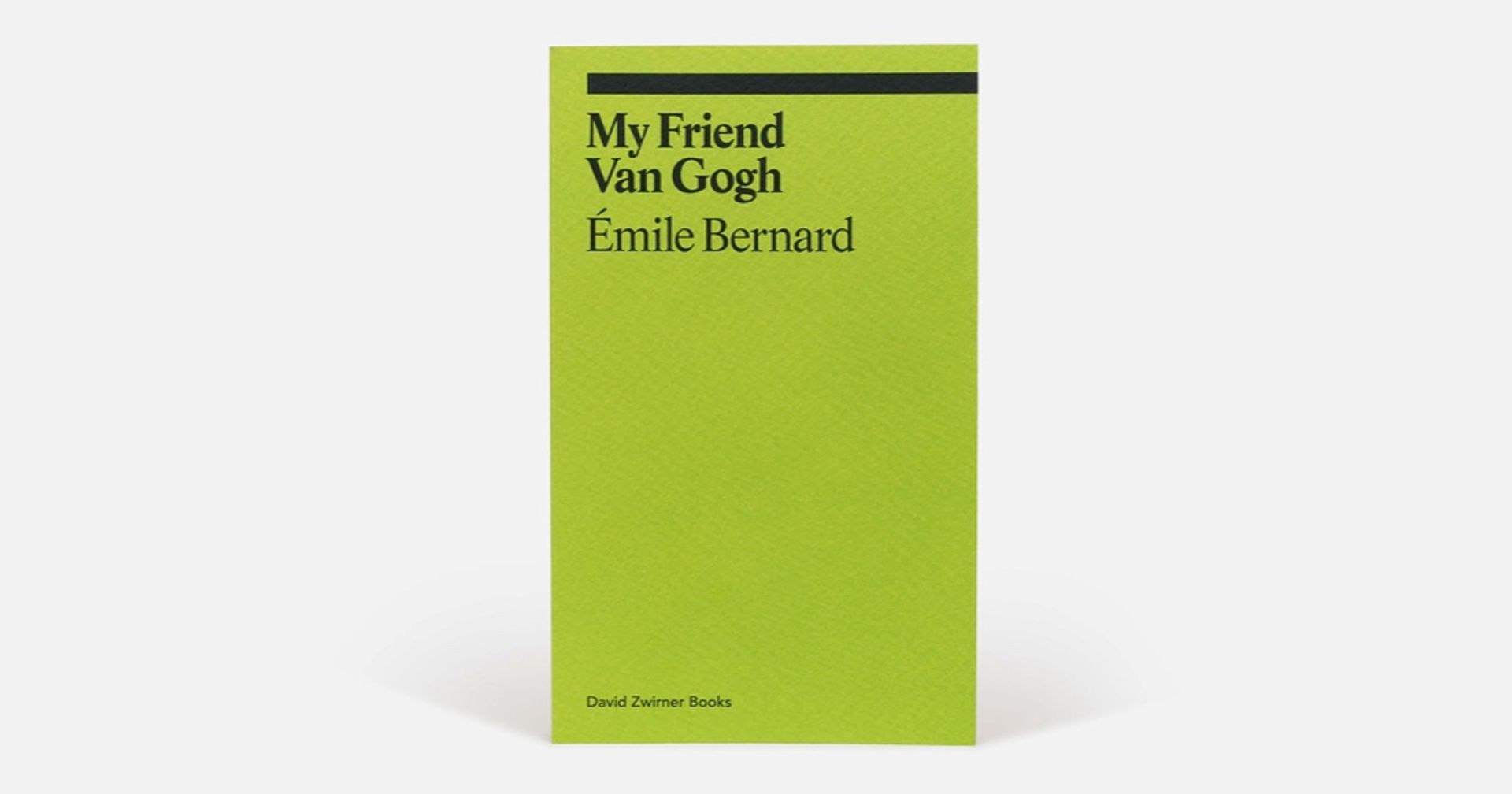The Musée d’Orsay in Paris is lending its Self-portrait (autumn 1887) to the National Museum Cardiff, where it will go on display on 16 March. This will be the first time that any of Van Gogh’s self-portraits have been exhibited in Wales.

Pierre-Auguste Renoir’s La Parisienne (early 1874) and Van Gogh’s Self-portrait (autumn 1887)
National Museum Cardiff and Musée d’Orsay, Paris
The Van Gogh will be shown in Cardiff’s exhibition on Art of the Selfie (until 26 January 2025). In exchange, the National Museum Cardiff is lending Pierre-Auguste Renoir’s La Parisienne (early 1874) to the Musée d’Orsay’s ambitious show Paris 1874: Inventing impressionism (26 March-14 July).
The Musée d’Orsay’s Self-portrait nearly entered a UK collection a century ago, when it was offered to London’s National Gallery for 11,400 guilders, around £1,000. The painting was then a highlight in the artist’s first one-person exhibition in Britain, organised by a London dealer, the Leicester Galleries.

Title page of the catalogue of the Van Gogh exhibition at the Leicester Galleries, London, December 1923
On 9 January 1924 the National Gallery’s director, Charles Aitken, wrote to Jo Bonger, who had inherited the painting from her husband Theo, Vincent’s brother. Aitken informed her that “an American lady” was considering buying the picture for the National Gallery. Her identity still remains a mystery and, unfortunately, she never actually proceeded with the purchase.
Instead the self-portrait was sold to a French collector, Henri Jean Laroche, whose son Jacques bequeathed it to the Louvre in 1976. It was transferred to the Musée d’Orsay when it opened in 1986.

Van Gogh’s Self-portrait (autumn 1887) Musée d’Orsay, Paris
In the Musée d’Orsay’s Self-portrait the artist has built up his image with a series of defined brushstroke lines. What is striking is the range of colours in the face, mainly yellows and ochres, but also with strong green lines, particularly around the eyes. As in many of Van Gogh’s 35 self-portraits, the two eye pupils do not seem to look in the exactly same direction.
Painted in Paris, while Vincent was living with Theo, the artist is smartly dressed in a jacket and cravat. As in his other self-portraits, his beard and moustache are more gingery than his head hair, which (at the age of 34) is already beginning to recede. With pursed lips, Van Gogh has a wary expression.
The Musée d’Orsay painting has travelled widely in recent years, having been shown in far-flung venues in Brazil, Australia and Abu Dhabi (2016-18) and then at Tate Britain (2019).
The Self-portrait’s insurance value is highly confidential, but the work would certainly be worth well over £100m - quite a markup on the £1,000 of a century ago.
Other Van Gogh news:

Cover of My Friend Van Gogh, published by David Zwirner Books
The first English translation of Emile Bernard’s writings on Van Gogh will be published next week by David Zwirner Books, run by the New York-based gallery. The original 1911 French edition (Lettres de Vincent van Gogh à Emile Bernard, Vollard gallery) included five texts by Bernard, along with the letters he received from Van Gogh. The Zwirner book, entitled My Friend Van Gogh, has been translated by Elizabeth Heard and I have written the introduction.



